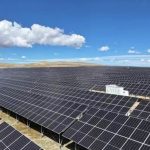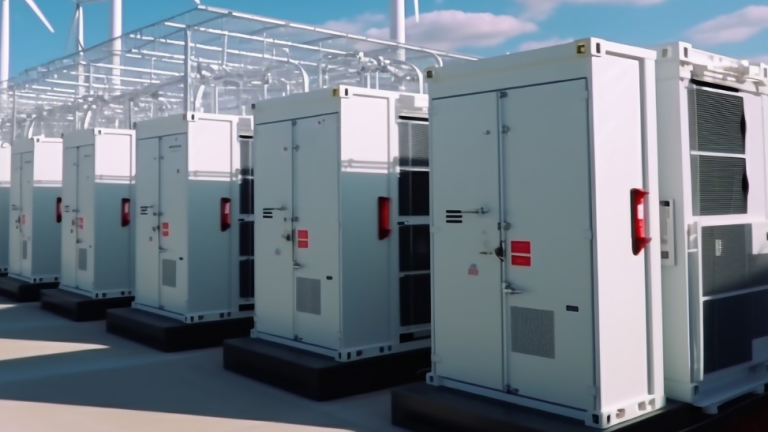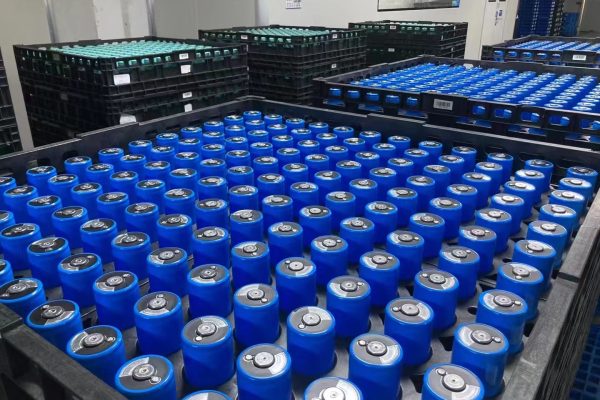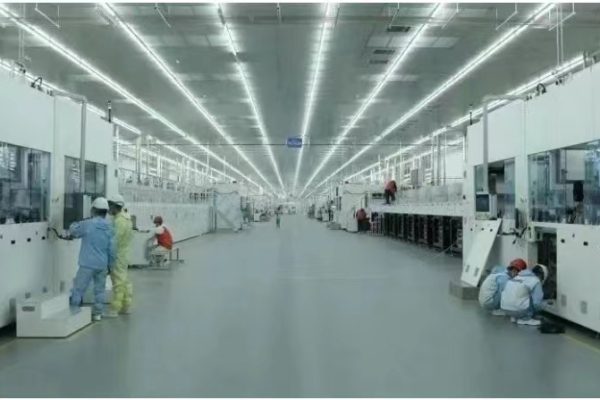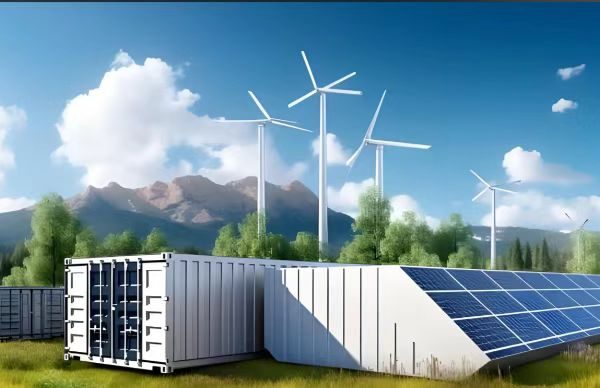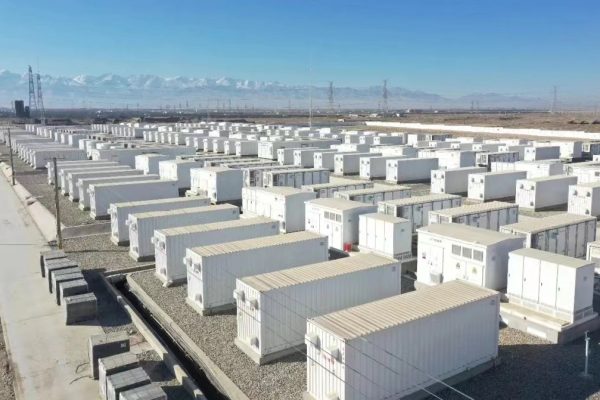In the solar world, the words “Tier 1” and “Tier 2” are thrown around like quality badges. But what do these terms really mean? And more importantly—does buying a Tier 2 panel mean you’re compromising on quality?
For small-to-medium-sized project developers, EPCs, or technical trading companies, understanding what’s behind the label is essential for balancing cost, performance, and delivery.
In this article, we unpack the Tier classification, technology types, and sourcing strategies you should know before buying solar panels—especially if you’re not working with gigawatt-level volumes.
1. What Does “Tier 1” Really Mean?
First, let’s be clear: Tier 1 is NOT a technical quality rating.
It is a financial credibility index published by BloombergNEF (BNEF).
To qualify as Tier 1, a manufacturer must:
- Be vertically integrated
- Have projects financed by six different commercial banks
- Have sold a large volume of panels globally
🧠 Important: This list does not test the technical quality or reliability of the panels.
What it means:
- Banks are confident lending money on projects using these panels
- The manufacturer has scale, stability, and export history
- The brand is more “bankable” in utility-scale projects
2. Why Tier 2 ≠ Low Quality
Many manufacturers that don’t meet Bloomberg’s Tier 1 criteria are still producing high-quality solar panels. They may:
- Be smaller in scale, focused on distributed generation
- Serve domestic markets, with limited export record
- Lack financial disclosures required by banks
Yet these factories often:
- Use the same cells and glass as Tier 1 brands
- Pass IEC, TUV, UL certifications
- Provide 10–12 year product warranties and 25+ year linear performance warranties
- Offer customized production, faster delivery, and flexible MOQ
🎯 Key takeaway: Don’t assume Tier 2 equals risk.
Judge the product, not the label.
3. Key Technology Choices: PERC, N-Type, Monocrystalline vs Polycrystalline
Understanding cell technology matters more than the Tier label.
P-type PERC vs N-type Cells
| Feature | P-type PERC | N-type TOPCon / HJT |
|---|---|---|
| Base Material | Boron-doped | Phosphorus-doped |
| Efficiency | ~20–21% | ~22–23.5% |
| Degradation | ~2–3% first year | <1% first year |
| Light-Induced Degradation (LID) | Moderate | Minimal |
| Cost | Lower | Higher |
N-type panels (TOPCon, HJT) are rising in popularity due to better long-term performance—but for budget-conscious projects, PERC still offers excellent cost-performance ratio.
Monocrystalline vs Polycrystalline
- Monocrystalline: Higher efficiency, uniform black color, better performance in high heat
- Polycrystalline: Slightly cheaper, blue appearance, lower efficiency
🧠 Tip: Most modern panels are monocrystalline PERC; polycrystalline is fading except in ultra-budget markets.
4. Evaluating a Tier 2 Supplier: What Really Matters?
If you’re open to Tier 2 panels, focus on these five evaluation points instead of brand tier:
✅ A. Certification Check
- Look for IEC 61215 / IEC 61730 / ISO 9001 / CE / UL
- Ask for the latest TÜV Rheinland or SGS test reports
- Confirm testing on actual panel model, not factory code
✅ B. Reliability Track Record
- Ask for export history (countries, volumes, repeat customers)
- Request customer references or sample project photos
✅ C. Sample Testing
- Order 2–4 sample panels and test for:
- Open circuit voltage (Voc)
- Insulation resistance
- Flash test data vs datasheet
✅ D. Warranty Terms
- Ensure written warranties on:
- Product (10–12 years typical)
- Power output (25–30 years)
- Check if the warranty is insurance-backed
✅ E. Factory Visit or Audit
- If possible, conduct:
- Virtual factory tour
- Third-party factory audit
- Review automated lines, EL test processes, and quality inspection steps
💬 Pro Tip: A sourcing partner can help you audit Tier 2 factories, verify test data, and compare flash test results across brands.
5. SME Strategy: Cost–Value Balance Over Brand Premium
If you’re building residential or C&I systems, the solar panel cost may represent 30–40% of total BoS (Balance of System). Picking the right panel can significantly influence project ROI.
Tier 1 trade-offs:
- 📦 Longer lead time during peak season
- 💲 Higher price (10–20% premium)
- 🧩 Less flexibility in packaging and custom specs
Tier 2 benefits for SMEs:
- ⚡ Shorter production cycle
- 📦 Smaller MOQs (10–50 panels possible)
- 🎨 Easier customization (logo, frame color, junction box)
🧮 Example: A Vietnam-based EPC sourced 150kW of Tier 2 monocrystalline panels with full UL and CE certifications. Delivered in 18 days with $0.035/W lower cost than Tier 1 options.
Bonus: Red Flags to Avoid in Tier 2 Panel Sourcing
Even among Tier 2 factories, quality can vary. Watch for:
🚫 No test reports or outdated certifications
🚫 Incomplete warranty terms or verbal guarantees
🚫 No tracking labels or serial numbers on modules
🚫 Panel flash test data missing or inconsistent
🚫 No control over junction box sealing and EL inspection
Conclusion: Look Beyond the Label
Buying Tier 2 solar panels can be a smart decision—if you focus on technical validation, supply history, and supplier transparency.
Don’t let branding bias block good opportunities. With the help of a technical sourcing partner, you can:
- Vet Tier 2 factories professionally
- Avoid low-quality manufacturers
- Ensure panel-battery-inverter compatibility
- Negotiate better terms and shorter lead times
🎯 Final Advice: Tier 2 ≠ Tier 2. Learn the difference, and partner with experts who can guide your decision using data, not just logos.
In solar sourcing, smart beats famous.



